ESSENTIAL OILS 101
Since the beginning of the year I have become obsessed with essential oils. I have learned that there is so much more to oils than aromatherapy, and so many more oils than lavender and patchouli. I knew there was more but I didn’t understand how much more. If you know a little about essential oils and would like to learn more then this article is for you. If you already know a ton but are obsessed with oils as I am, then this article is for you too.
Essential oils which are natural aromatic compounds found in plants. Basically, the oils are the LIVE essence of the plant. They carry all of the active chemical constituents that the actual plant has itself and are 50-70% more potent that the herb itself. The identity of the first person to utilize the healing properties of plants is unknown but well sealed urns filled with aromatic resins have been unearthed in the tombs of Pharaohs. The ancient Egyptians, Indians, Chinese and Greeks used oils for perfumes, drugs, spiritual and ritualistic purposes. Evidence shows that essential oils have been used for well over 6,000 years.
Essential oils have individual elements which work with the body’s chemistry to affect certain organs or systems as a whole. There are three modes of action within the body, pharmacological, physiological and psychological. The pharmacological affect happens when oils are ingested and enter the bloodstream thereby reacting with the hormones and enzymes of the body. Physiological is the mode in which the oils affect the systems of the body by sedating or stimulating. The psychological affect happens as a result of the odor being inhaled. This area is the most commonly known however, it is the least understood. It is basically known that the scents can induce an immediate and powerful response that defies rational analysis. However, it is not only the aroma that is important for therapeutic benefit but also the chemical reaction between the oils and the body.
The potential has yet to be fully realized even though medical herbs have been used for centuries, although many have been exploited to form compounds for use in our modern pharmaceutical world. Research has long held the traditional belief of the therapeutic benefits of particular plants although terminology has changed quite a bit. For example, basil was described as an herb that “taketh away sorrow” and as “good for the heart” whereas modern terminology now describes it as an antidepressant and/or a prophylactic. It is also important to note that essential oils can cover a wide range of activities, for instance one oil can be a stimulate for one particular body system while being a sedative for another.
During the course of the year I have learned that essential oils are anti-bacterial, anti-viral, anti-parasitic, anti-fungal, anti-tumoral, and anti-inflammatory in nature, some are just more effective on certain ailments than others. They are also lipophilic which allows them to pass through the cell wall and destroy viruses that antibiotics cannot reach.
With this knowledge I have given my medicine cabinet a makeover. I no longer turn to the over-the counter chemicals or seek prescribed chemical concoctions to treat ailments that my family and I sometimes encounter. I turn first to nature’s medicine – essential oils. I am assured that by using nature’s medicine I don’t have to worry about harmful side effects so I take them and strongly recommend that my family and friends use them.
When it comes to safety I make sure that the oils I use are CPTG – Certified Pure Therapeutic Grade. There are four grades of essential oils – 1) Grade A essential oils are pure therapeutic quality (highest grade) and are usually made from naturally (often organically) grown plants distilled at the proper temperatures using steam distillation. 2) Grade B essential oils are food grade; they may contain synthetics, pesticides, fertilizers, chemical/synthetic extenders, or carrier oils. 3) Grade C oils are perfume grade and may contain the same type of adulterating chemicals as food grade oils. They also usually contain solvents which are used to gain a higher yield of oil. 4) Floral Water is a byproduct of the distillation process and can be very high quality if it comes from a Grade A distillation process. Accordingly it is of very low quality if it comes from poor quality raw materials and/or poor distillation processes.
There are a number of products on the market that claim to be essential oils or contain them. However, most of these products do not use 100% pure essential oils, often using synthetic chemical substitutes. Make sure that oils you decide to use are CPTG or Grade A.
There is so much more that I could write here but for the sake of time and space I’ll stop at this point. However, over the next days and week I will continue to post more about and this topic and maybe info on herbs as well. I will begin featuring an Oil of the Week post so that you will have more information for your health arsenal and you will know what oil I am fascinated with that week as well.

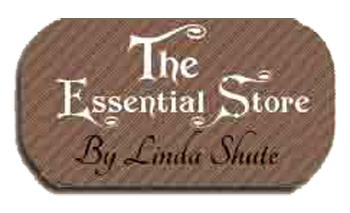


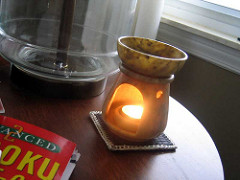
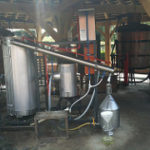
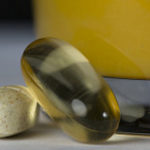

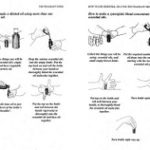

Leave a reply